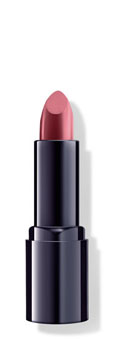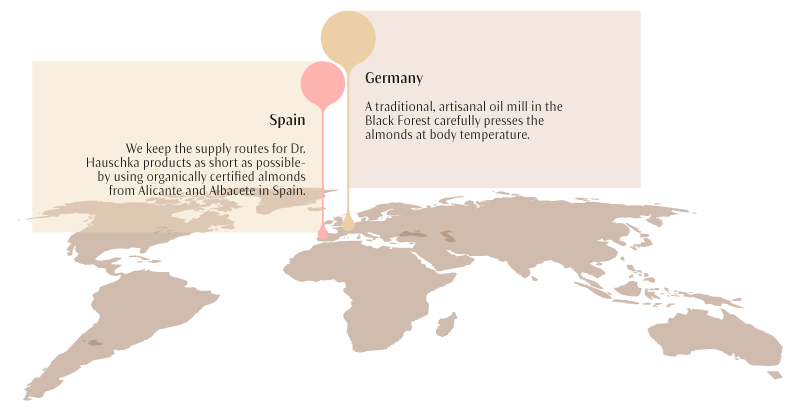Plant profile
Almond is a word that we associate with all sorts of different things: snow and candlelight, marzipan and macaroons, snacks of nuts and raisins or breakfast muesli. In our mind's eye, we always picture the edible almond kernel, but what about the plant that goes with it?
The up to eight-metre high almond tree with its grey bark belongs to the rose family and is thus closely related to the cherry, peach, apricot and rose. We can see this relationship, which many are unaware of, when we look at the pink flowers with yellow stamens that appear as early as January in Mediterranean countries.
Incidentally: the almond kernel we eat is actually the almond seed which is inside the hard shell or pit. The robust pit is enclosed in the dry, green, bitter and inedible fruit.
Find out more about almonds






















